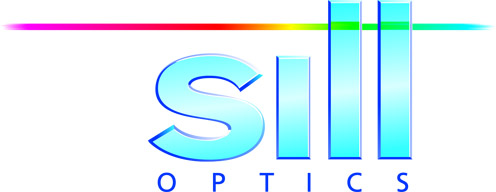Gentec – VCSEL: Testing and measuring your beam

VCSEL lasers have come a long way since their first introduction. What started as a revolutionary technology in the telecommunications industry, is now used as a lighting source in many modern remote sensing applications.
Since devices with these lasers are typically powered by batteries, laser efficiency and power consumption are a top priority. As such, the output power, pulse shape and other properties of your laser beam should be calibrated with reliable and robust measuring equipment.
WHAT ARE THE CHALLENGES ASSOCIATED WITH VCSEL BEAM MEASUREMENT?
One of the major challenges with testing and measuring VCSEL laser beams is accounting for their widely diverging nature. As such, they need to be measured with specialized equipment capable of handling complex beam geometries.
Another property of VCSEL beams that make them difficult to measure is their pulsating frequency. In other words, these beams typically emit relatively low power outputs and high peak power outputs within a short space of time.
One of the main issues with this pulsating characteristic is that the pulse frequency can differ from the measuring instrument’s sampling frequency, resulting in inaccurate readings. For example, if a power sensor samples the laser at a rate of 15 Hz and the VCSEL pulses at 10Hz, the reading will suffer from a 5Hz beat frequency inaccuracy.
Additionally, the low average power and high peak power outputs of the VCSEL pulses can make it challenging to set the appropriate scale on the power meter. For instance, if you choose a range suited only for the low average power, then high incoming pulses can lead to saturation, followed by measuring errors.
On the other hand, if the scale is set only for high peak power, then readings can suffer from low resolution and noise.
WHAT SOLUTIONS ARE AVAILABLE FOR TESTING AND MEASURING VCSEL LASER BEAMS?
Despite these challenges, there are several practical solutions for measuring your VCSEL laser beam.
To deal with these diverging beams, integrating sphere detectors can be used to measure your VCSEL’s energy output. These spheres also cover a wide range of power outputs ranging from a few hundred nanowatts to tens of watts.
Complex beam geometries from widely diverging to collimated beams can also be measured. Depending on the strength of the beam’s power, integrated spheres can also be outfitted with various accessories (e.g., filters, apertures) to optimize the measuring tool’s configuration for precise and appropriate measurement.
To handle fluctuations between low average power and high peak power, some quality measuring devices offer the ability to regulate the sampling rate. This will allow you to adjust the sampling rate to match the actual pulse frequency of the VCSEL laser.
When choosing a power detector, it is also worthwhile to find one equipped with additional ports to transfer sample data to other measuring instruments, such as fast photodetectors and spectrometers, for pulse shape analyses and beam profiling.
VCSEL lasers are highly sophisticated and require measurement solutions that are up to the task. It should, therefore, come as no surprise that regular testing and measuring of your laser beam with the right equipment is crucial to the success of your operations. Be sure to choose a power meter that meets the needs of your business today!
More information you can find here!






